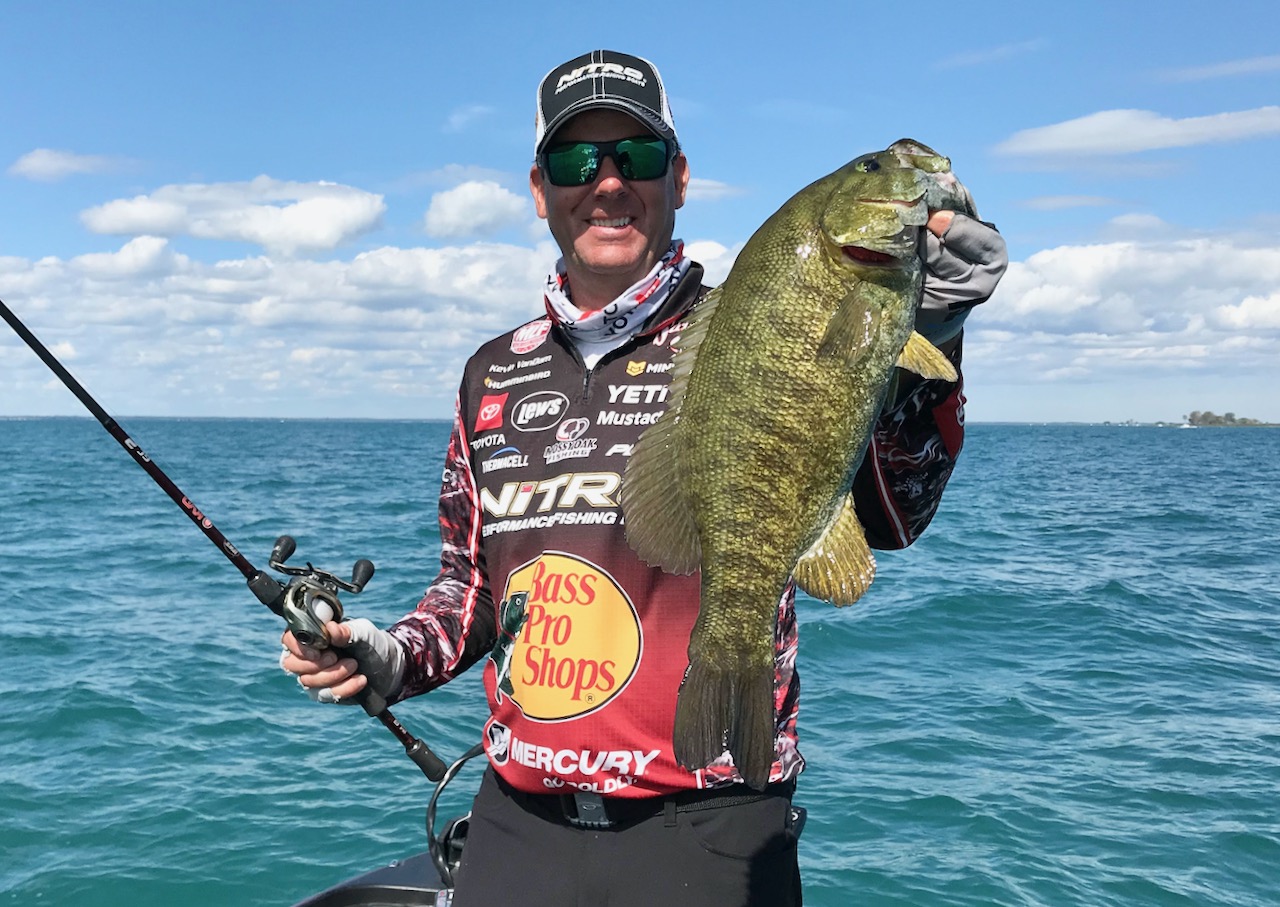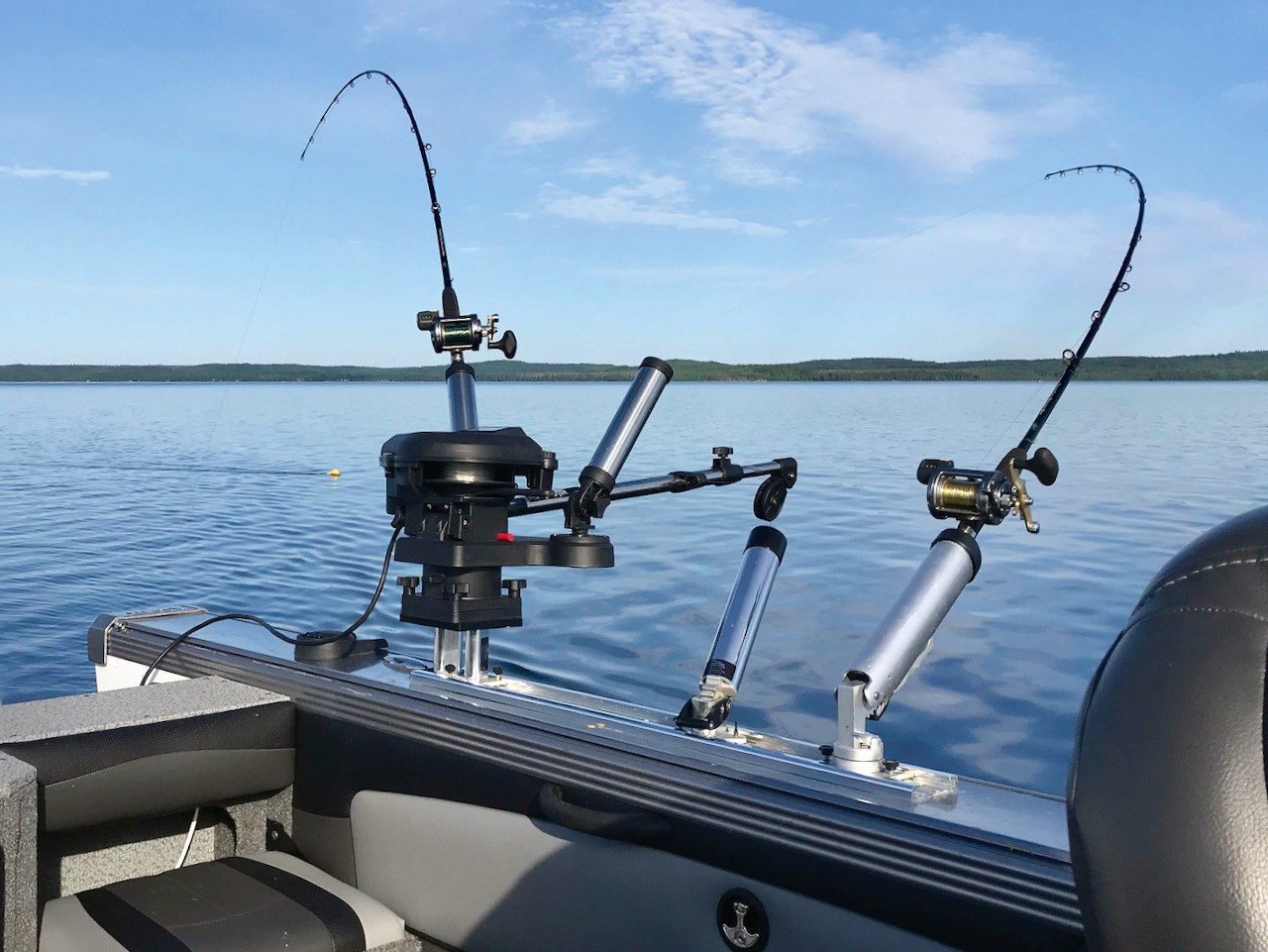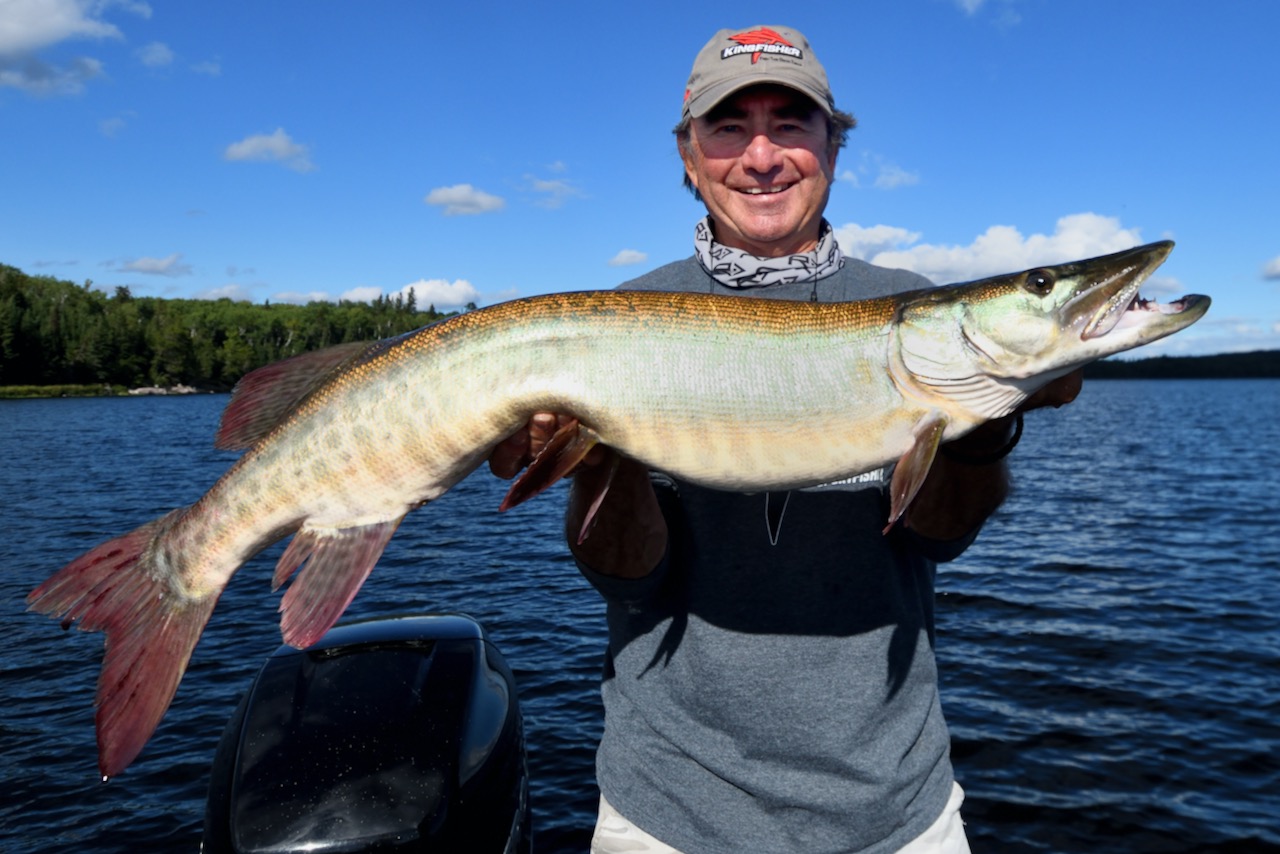FISHING SECRETS
50 tried-and-true techniques for guaranteed catches
Advertisement

#11 I start every day of fishing with a moderately fast presentation that lets me cover water to contact fish and determine their mood. If they respond, I’ll try even bigger baits and faster speeds. I only scale down and go slow when all else fails.
#12 Violently snapping a 1/2- to 3/4-ounce tube jig off the bottom triggers the predatory response of alpha smallmouth bass. It may look a little crazy, but it’s a trick I learned from a pretty reliable source—four-time Bassmaster Classic winner Kevin VanDam (pictured at top of page.)
Advertisement
#13 The combination of numbers to remember when trolling with leadcore line is three-20-five. When you have three coloured segments of line out, your bait will be running 20 feet deep; the bait will then dive down five more feet for every additional coloured segment you let out after that.
#14 Baiting your slow-death hook with a nightcrawler is highly effective, but panfish can drive you crazy ripping it apart. Instead, use scented soft-plastic worms they can’t tear. Plus, you can then experiment with walleye-attracting colours, which you can’t do with real crawlers.
#15 My go-to sight-fishing lure for pike is a six- to nine-inch, fluke-style soft-plastic that I Texas-rig on a 6/0 to 8/0 hook. I also use a thin, light titanium leader so the bait hangs in front of the fish’s face.
Advertisement

#16 When I’m trolling for walleye, trout and salmon, I monitor my speed by keeping a close eye on my chartplotter and watching the bend in my rods. After hooking and releasing a fish, I can then easily return to the same trolling speed by duplicating the bend in the rods.
#17 To stay ahead of the pack when you’re fishing, always check out the next season’s likely spots. On the opening of the bass, walleye and muskie seasons in the spring, for example, check a few summer locations. Then in July and August, investigate fall fishing areas.
Advertisement
#18 My heart skips a beat when I return to a spot where I earlier raised a giant muskie. One of my favourite lure styles to throw in that situation is a surface bait because I can work it so many different ways.
#19 I catch many of my biggest walleye casting bass-style jerkbaits into shallow water. The key is to fish the windy side of the lake—or structure—and cast so shallow you ricochet your lure off the rocks.
#20 I always instruct new muskie anglers to go bass fishing with muskie baits. That means looking for rock structures with sand and vegetation. I’ve discovered numerous muskie locations when I’ve been bass fishing, complete with big toothy critters following my lure.

